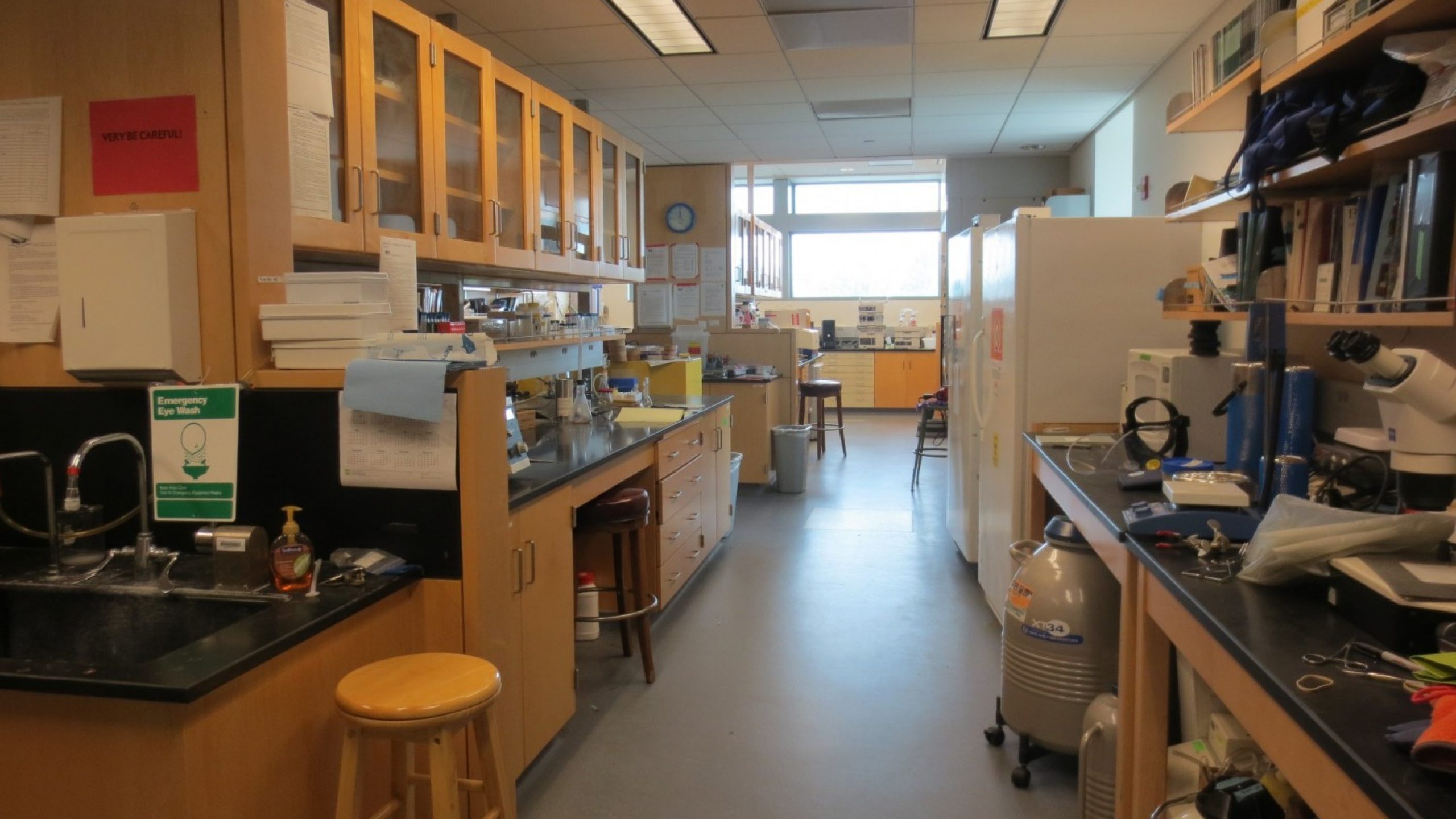 Quantum dots (QDs) have experienced intense interest for in vivo small-animal imaging in the last decade due to their desirable properties of high quantum yield, resistance to photo-bleaching, narrow emission peak, and tunable emission wavelength. Due to concern about the potential toxicity for typical cadmium QDs, silicon (Si) QDs are expected to be an ideal candidate in many biological applications because of their proven biocompatibility. However, to date most Si QDs reported are of single functionality used solely for fluorescence imaging. In collaboration with a Susan Kauzlarich in the Department of Chemistry, we have doped paramagnetic manganese into Si QDs and demonstrated that Si QDs containing paramagnetic ions can be detected by both MR and near infrared excited, two-photon imaging. The combination is attractive because of their complementary capabilities for high resolution imaging and spectroscopic sensitivity: MRI offers the ability to follow the distribution of molecules in vivo, while optical techniques can be applied to obtain detailed information on the cellular and subcellular levels. The active targeting of nanoparticles can be achieved via direct conjugation of a ligand against a known target on the cell surface to the particle surface. We have coated SiMn QDs with dextran sulfate to target them to scavenger receptors on macrophages, a biomarker of vulnerable plaques. Cell studies show that the probes specifically accumulate in macrophages by a receptor-mediated process, are nontoxic to mammalian cells, and produce distinct contrast in both T1-weighted magnetic resonance and single- or two-photon excitation fluorescence images. The QDs can also be modified with specific ligands to label other biomarkers in atherosclerotic plaques or cell surface markers expressed on tumors.
Quantum dots (QDs) have experienced intense interest for in vivo small-animal imaging in the last decade due to their desirable properties of high quantum yield, resistance to photo-bleaching, narrow emission peak, and tunable emission wavelength. Due to concern about the potential toxicity for typical cadmium QDs, silicon (Si) QDs are expected to be an ideal candidate in many biological applications because of their proven biocompatibility. However, to date most Si QDs reported are of single functionality used solely for fluorescence imaging. In collaboration with a Susan Kauzlarich in the Department of Chemistry, we have doped paramagnetic manganese into Si QDs and demonstrated that Si QDs containing paramagnetic ions can be detected by both MR and near infrared excited, two-photon imaging. The combination is attractive because of their complementary capabilities for high resolution imaging and spectroscopic sensitivity: MRI offers the ability to follow the distribution of molecules in vivo, while optical techniques can be applied to obtain detailed information on the cellular and subcellular levels. The active targeting of nanoparticles can be achieved via direct conjugation of a ligand against a known target on the cell surface to the particle surface. We have coated SiMn QDs with dextran sulfate to target them to scavenger receptors on macrophages, a biomarker of vulnerable plaques. Cell studies show that the probes specifically accumulate in macrophages by a receptor-mediated process, are nontoxic to mammalian cells, and produce distinct contrast in both T1-weighted magnetic resonance and single- or two-photon excitation fluorescence images. The QDs can also be modified with specific ligands to label other biomarkers in atherosclerotic plaques or cell surface markers expressed on tumors.
